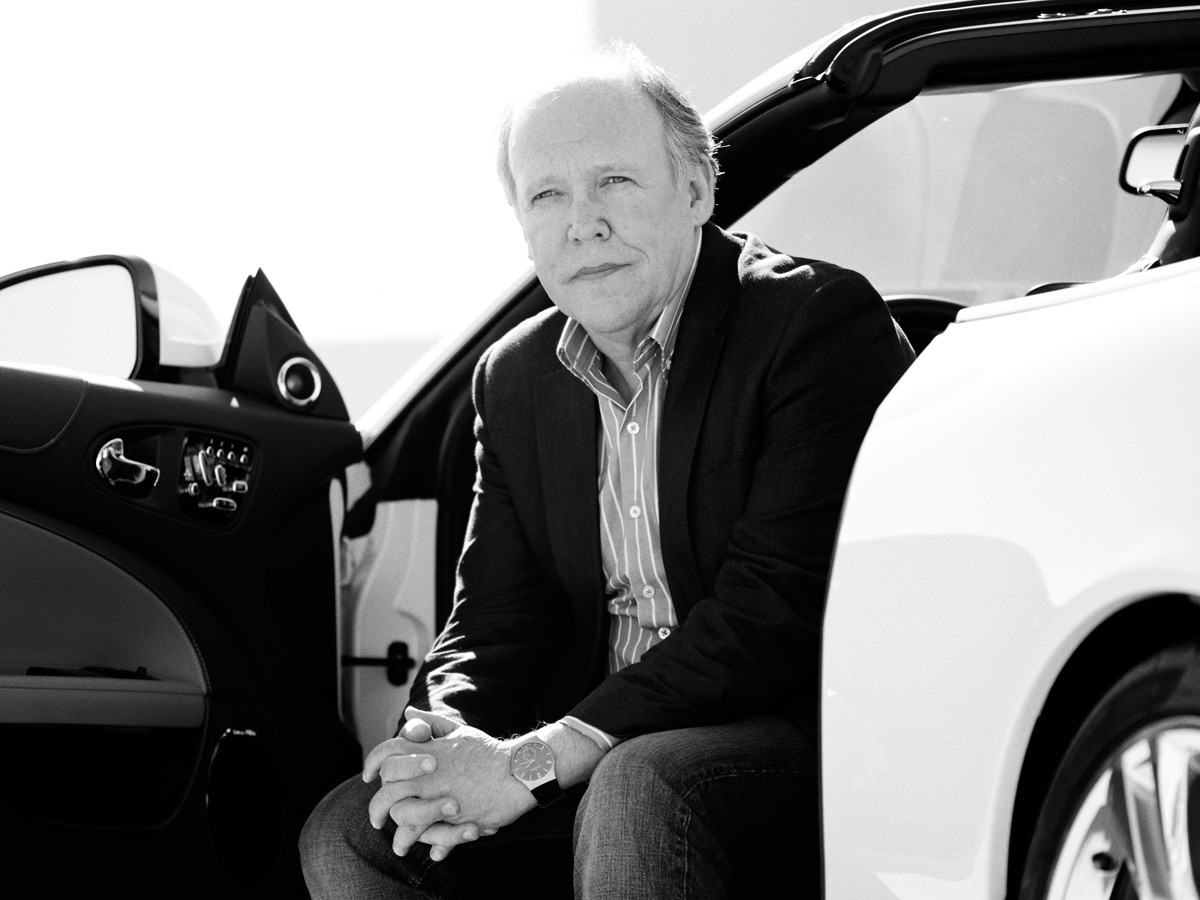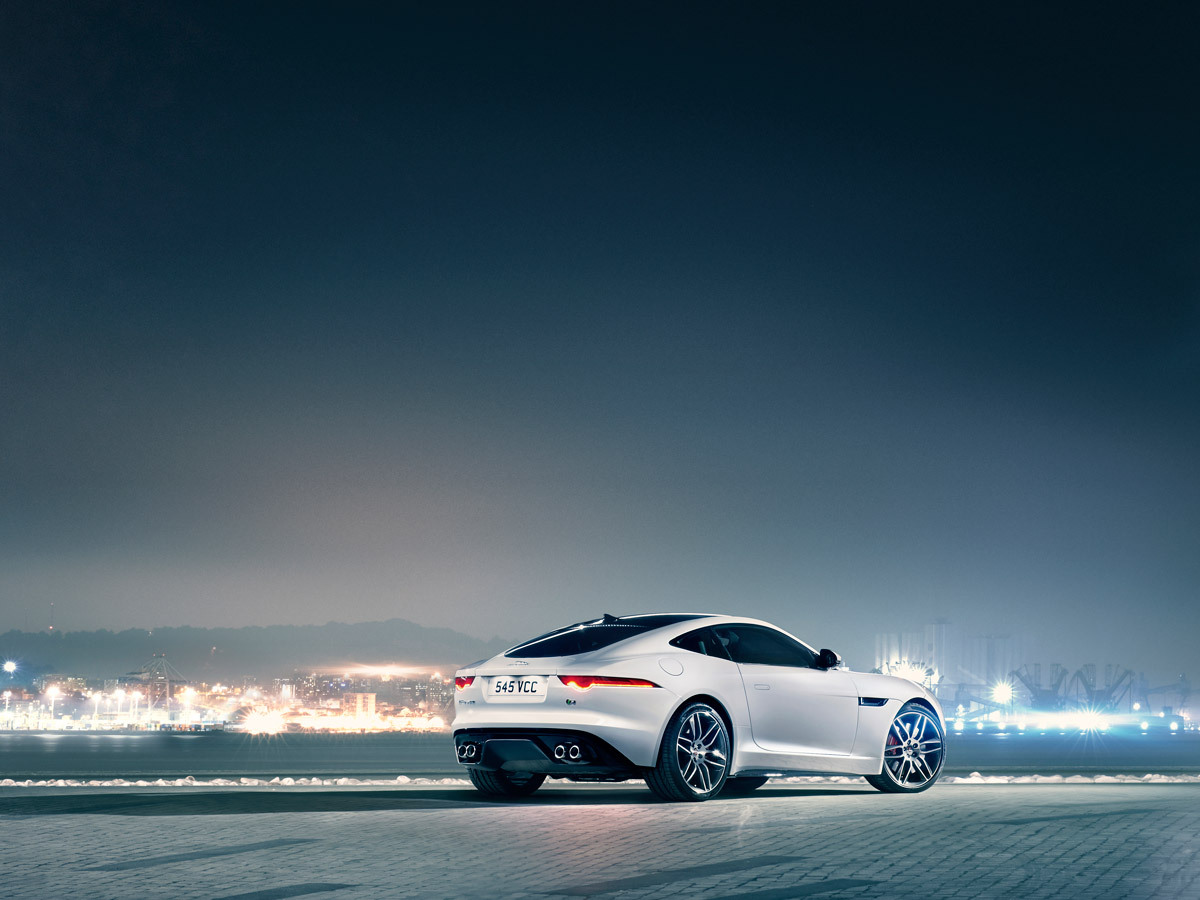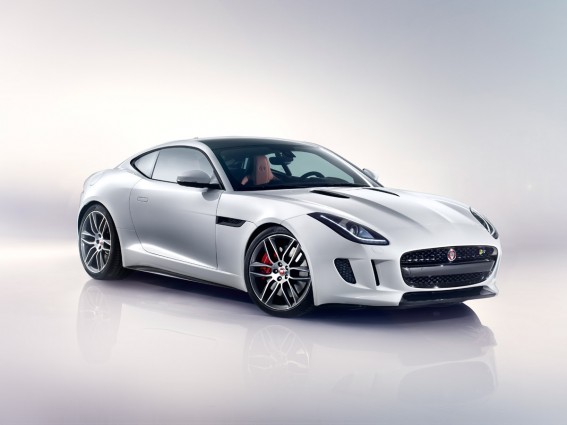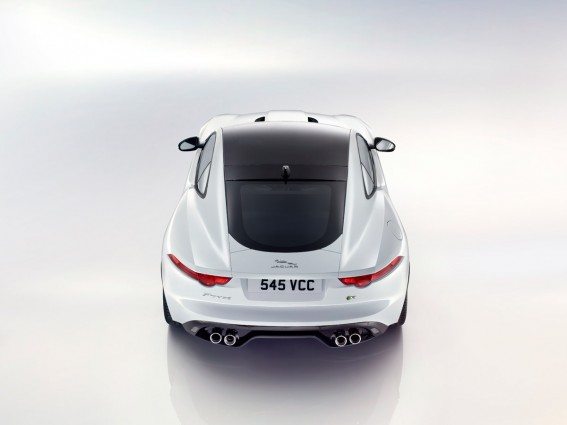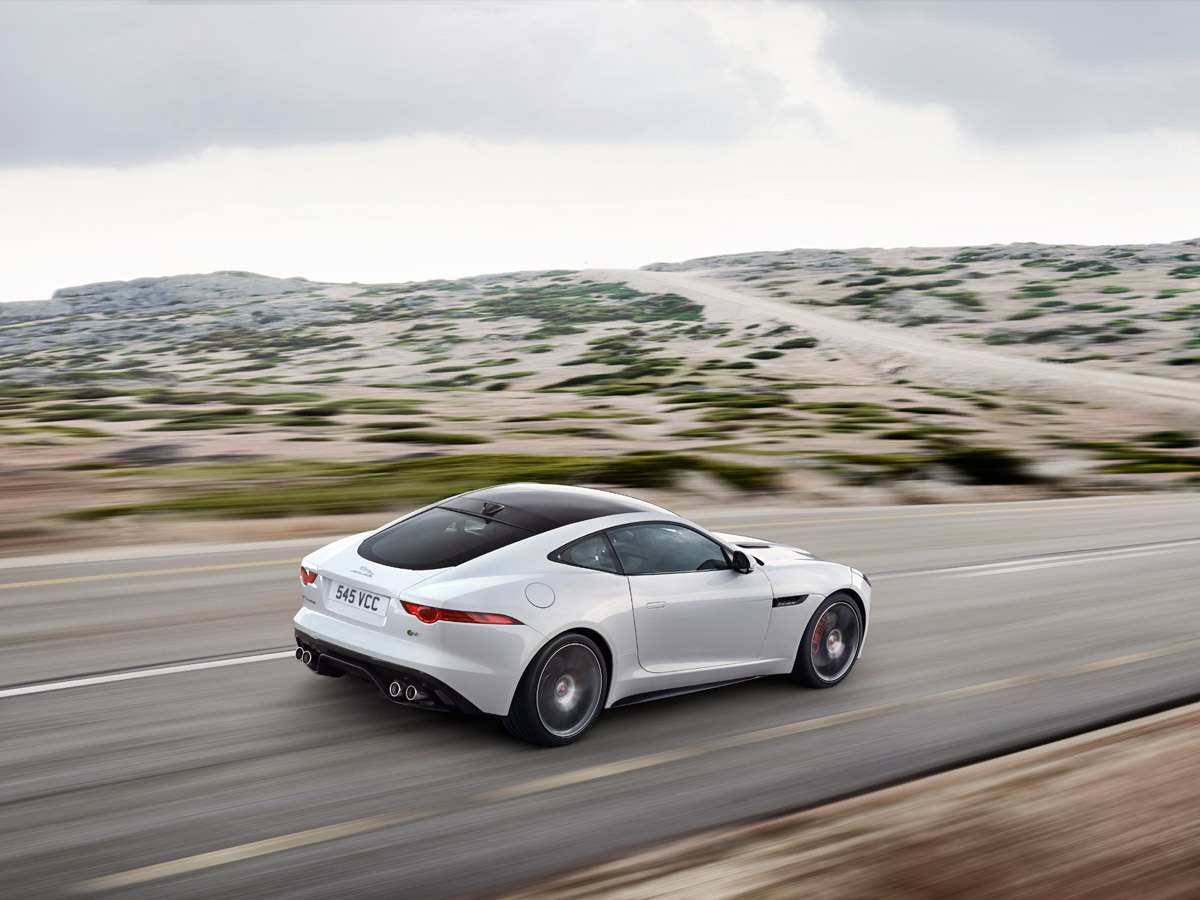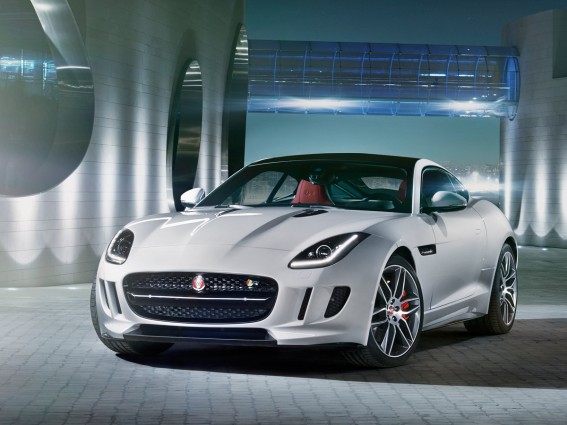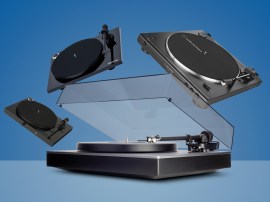Designing the Jaguar F-Type Coupé: “Ultimately, you need to be bold”
Jaguar design director Ian Callum had his work cut out for him designing the new F-Type Coupé, the successor to the E-Type. We caught up with him in Los Angeles to find out what inspired the gorgeous new car

There are few car brands as evocative as Jaguar.
The name conjures up images of Swinging Sixties icons hopping into E-Types and roaring off to Carnaby Street, Withnail & I taking their battered Mark 2 for a “splendid weekend in the country,” Inspector Morse’s rather more well-appointed model, and – of course – Austin Powers and his “Shaguar”.
That’s a lot of heritage to draw on – but it also means that designing a new Jag is fraught with difficulty, with each model having to respect the past while forging ahead to the future. That’s especially true of the new F-Type, which bore a formidable weight of expectations as the brand’s first new sports car in years.
For a brand that brought us the XJ220 and other iconic machines, Jaguar has somehow made do without a proper sports car for some time. The XFR and the XKR, for instance, are wonderfully fast machines but are grand tourers at heart.
The F-Type Coupé is an important car for the brand, then. It represents the spiritual return of the E-Type and flies the flag for what a fast Jag can do – and it had to look fantastic. That job fell to Jaguar design director Ian Callum and his team – and who better to tell us the story behind the F-Type than the man himself?
Why did the convertible come first?
"It’s very difficult to engineer a coupé and turn it into a convertible, it’s the wrong way to do it. If you’re going to do a convertible you have to start off that way, you have to engineer it that way and then you have to design it that way. Designing a convertible is more difficult from my point of view and I always say if you get a great looking convertible you get an even better looking coupé out of it. In doing it the other way around, it works, but it doesn’t always work as experience has shown me.
"So that was one of the reasons. The other reason was at the time when we made the decision, if you looked at our understanding of the US market, particularly California, convertibles were the highest selling cars. So we decided to focus on what was happening in California at the time. Funnily enough, since then things have shifted a bit. And I suspect with the [F-Type Coupé] we have here, things will shift even more. Historically, over the last 10 years, convertibles and coupés were 60 to 40 per cent… I have a feeling it will go the other way around."
F-Type Coupe vs F-Type Convertible: Which is best?
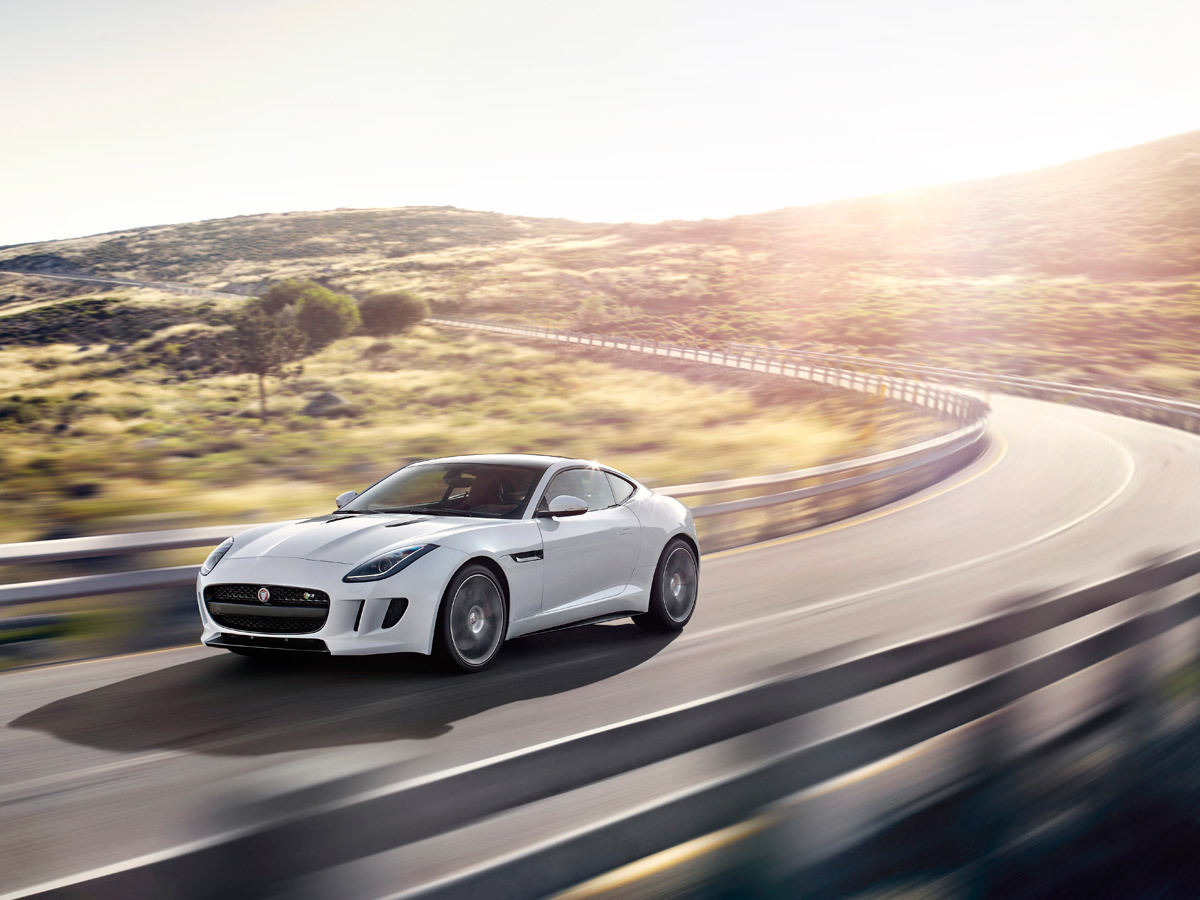
"I loved the E-Type, like everybody else. I’ve always said this, it was the Coupé that was iconic. The Convertible’s beautiful and people focused on it and paid more money for it – as convertibles are generally more expensive – but for me it was the Coupé that was the iconic car, the one that created the shape.
"As a design, the full shape, for me, is always going to be more exciting than a convertible roof, which is going to default to what the roof shape is."
Why no folding hard-top?
"We decided early on we wouldn’t do a folding hard-top, where it would’ve added a bit more spice into the form but it would’ve compromised the back end totally and we didn’t want to do that. Also the weight distribution was a bit difficult because of it as well, as some of our competitors have found out.
"The Coupé is, at the end of the day, the real statement. I think time will show that. I love it."
Design compromises – were there any?
"No. This answer I give to everyone about design: Design is not about what I want and I’m going to scream until I get it. Design is about understanding the inputs and creating something that works, both visually and practically. Okay, you can measure your practicalities – a two-seater sports car is not practical for carrying four people, to quote an extreme case. You have to make that judgement and deal with the facts.
"For instance, on the C-X16 Concept we had side-opening door that paid homage to the E-Type, which were fun and a bit tongue in cheek. I knew very well we would never get that in reality because it’s just not usable. You know, with the E-Type down there, you could lift your luggage in. The F-Type is a lot taller because modern cars have to be and you’d end up scratching the rear spoiler all the time. So then you have to approach and say, "right, what can we do?" What we really wanted to do was protect the shape of the window, which we did do through various iterations of feasibility of the spoiler.
"I think ideally it would’ve been nice to have a purer rear-window graphic on the rear of the car, but then we’ve got the glass roof which creates a whole new graphic for the car. I wouldn’t have been able to put the glass roof on which comes all the way through the roof. So the answer is no, not really. The roof is actually taller than the C-X16 by about 15mm. But then my job is to disguise that. If you look at the two cars together the C-X16 Concept does sit a little lower. It’s my job to disguise that, rather than just completely ignore it… because you don’t want to annoy people, tall people. It’s alright for me [laughs]."
Can you see the F-Type becoming a legacy model that stays in the range for years, like that of the Porsche 911?
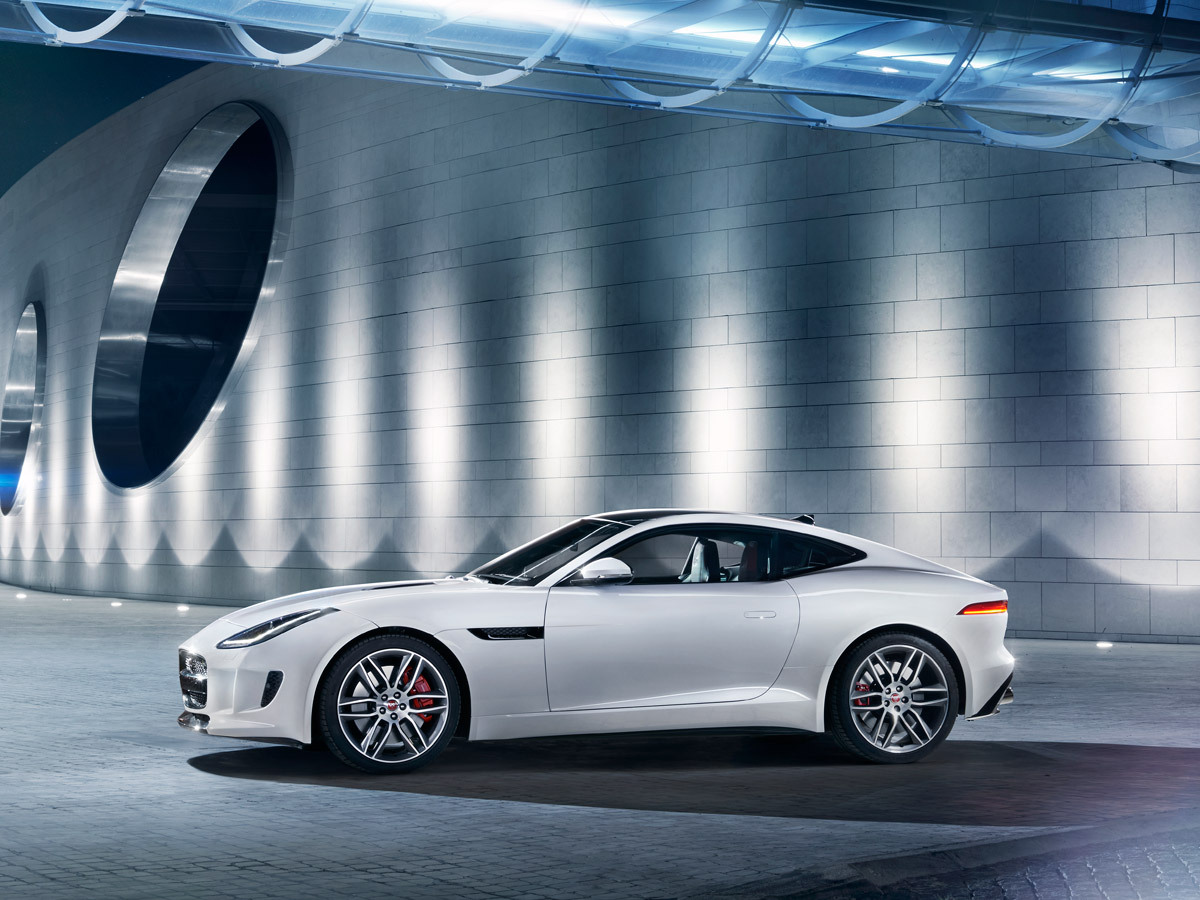
"That’s a good question. We’ve always got to make the conversation a little bit of a joke. Do we call it the H-Type or the G-Type? Where do you go?
"The answer to that is I don’t know, we’ve just finished the F-Type Coupé. We have to wait and see. We’ll go through the normal process, facelift, which will we need to start quite soon because of timing, but beyond that I don’t know.
"To answer your question a bit better, when we do the new one I might not be there, you know, it will be up to the next guy. Who knows. I’m not suggesting I’m going anywhere [laughs]. Will we go the evolutionary way like a Porsche 911, or design a whole new car? I think when the next time comes it will be a new car because, for me, that’s the best way to move forward. Ask me in three years and I might have a better idea."
But will it be a Jaguar in three years?
"Oh, it will be a Jaguar alright. Don’t you worry about that."
Will there be another XJ220 supercar?
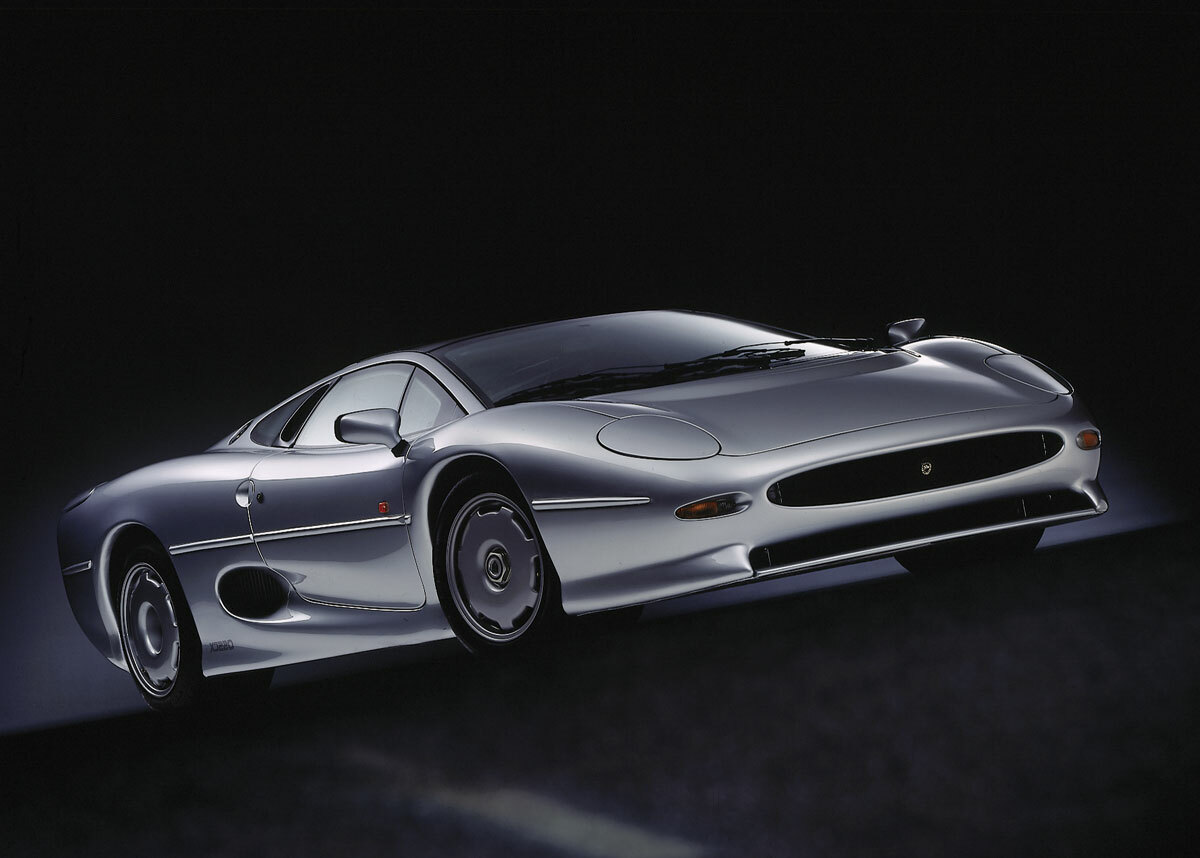
"That’s an interesting question. We built the C-X75 supercar, which is a phenomenal car and they are truly super – the technology in these things is amazing. But we made a decision not to build it. Like the XJ220 and supercars of that ilk touching a million dollars, we decided that the market was not healthy enough at the moment to absorb that sort of car. So at the moment we stopped it. We developed the technology, we will continually develop it behind the scenes, mainly because there’s a lot of good stuff in there."
So why go to all that effort?
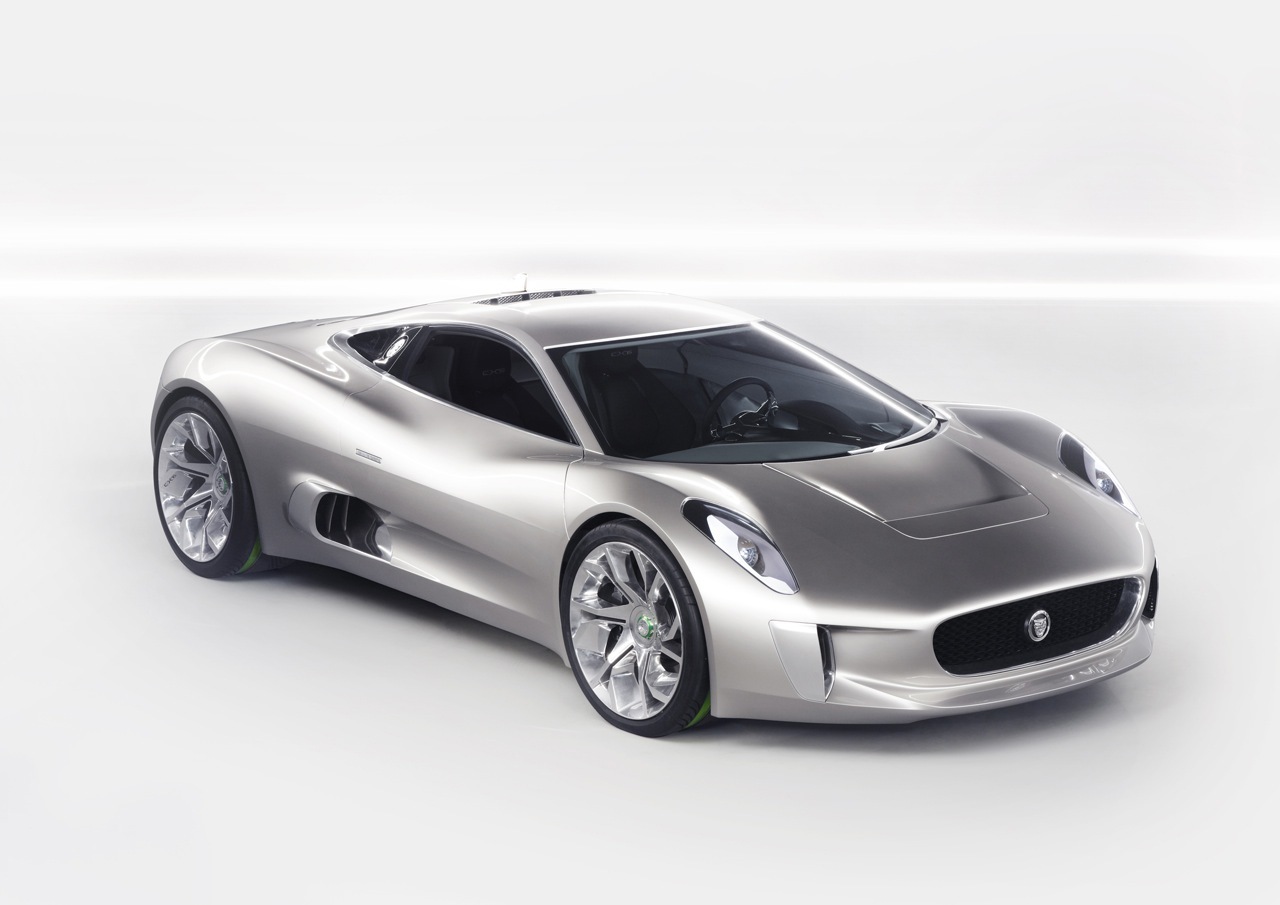
"Jaguar learnt a hell of a lot and it’s great when you develop something that extreme because when you start to cascade it down through to reality – all you’re really doing is reducing its objectives. On a 250mph hybrid supercar, when you have to do a 150mph sports hybrid you know a hell of a lot.
"The C-X75 has been postponed indefinitely. I think it’s an indulgence. Of course, it’s the ultimate expression and of course it helps the brand, gives you credentials, it says you’re clever enough to do this. But in the scheme of an ongoing business, it’s a bit of an indulgence and I’m sure all these other companies with supercars will see that, too. But they have enough money to go for it. We’re small, we can’t go and do that. I’m sad the C-X75 concept didn’t make the final cut as I felt very personally involved with it. But that’s the way life is."
So would you design the next XJ220?
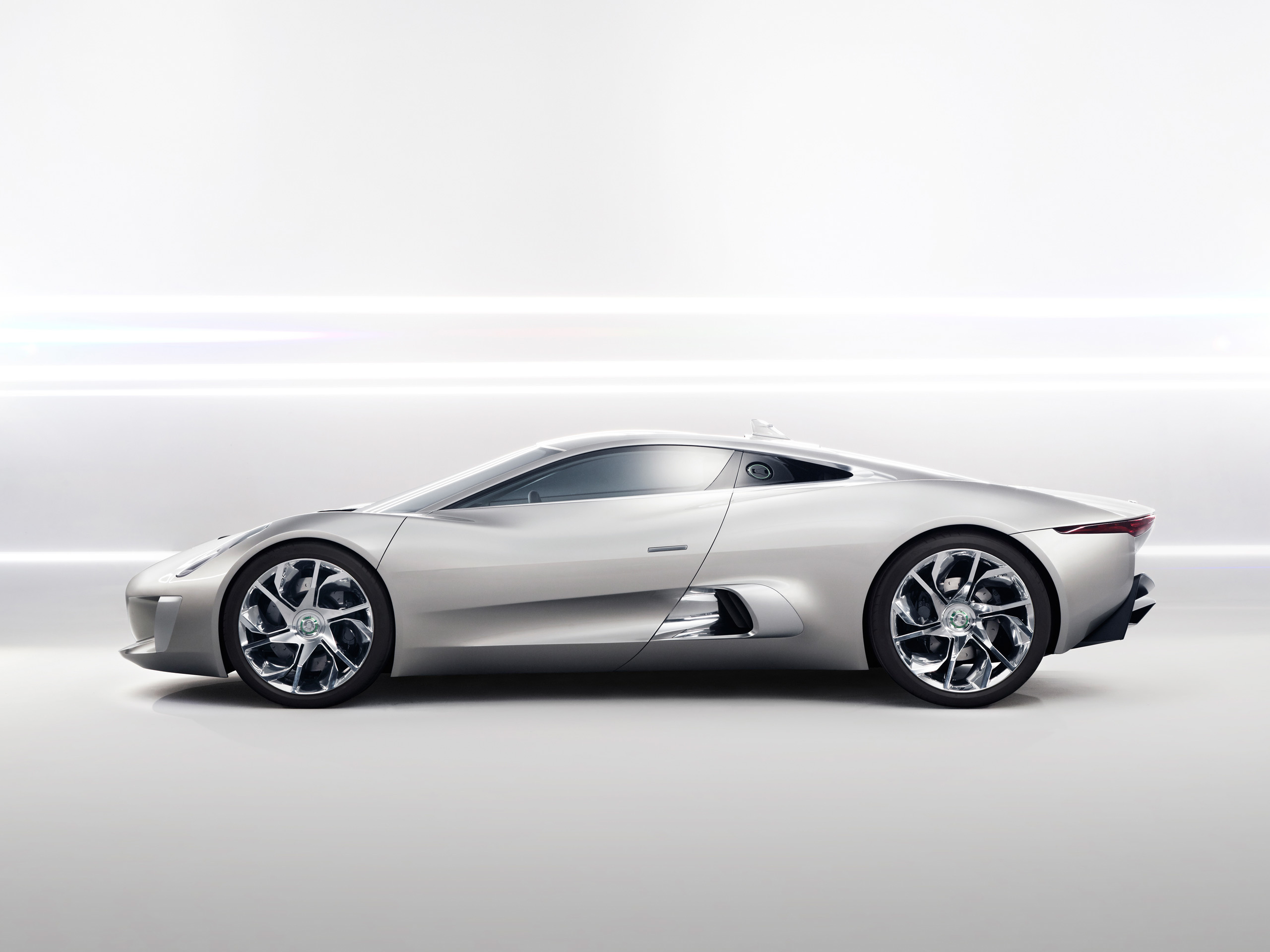
"If somebody said to me, "let’s do a supercar or let’s do another derivative of a medium-sized saloon," for instance, I would go for the saloon any time because that really has long-term potential. I’d like to think there’s something in the middle there, though. I like to think there’s something exotic but relatively affordable, nothing we could afford. Again, though, that’s an indulgence. Very few of these cars make a lot of money."
There should there always be a sports car in the Jaguar range, what about an SUV?
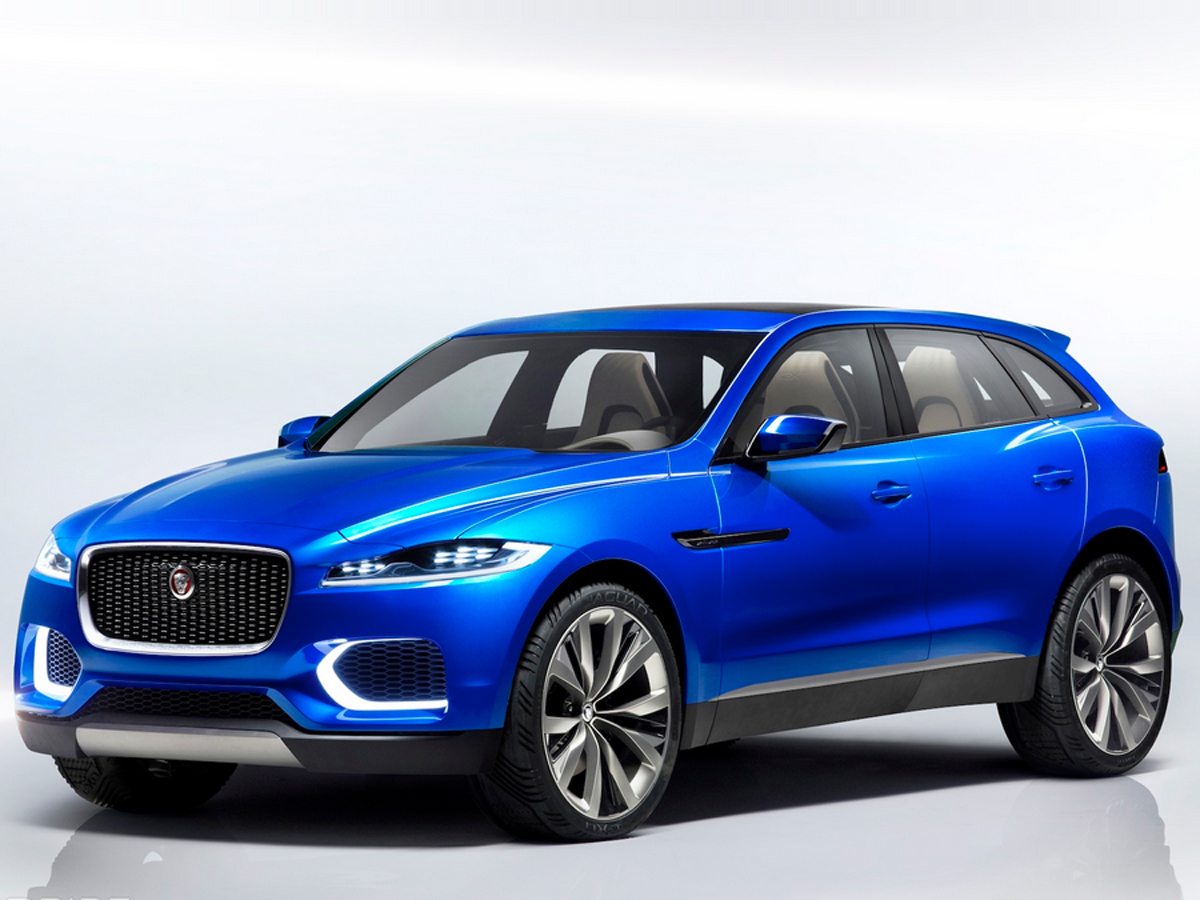
"We prefer to call it a sports crossover. I think SUV is a bit blunt, it’s got connotations of truck-like. The thing about the C-X17 was we have to make it quite clear it’s a sports crossover so therefore it’s still a driver’s car. Yes, it should have four-wheel drive off-road capabilities to a point, but we’ll leave the expert side of our sister brand Range Rover to that because they’re the kings of it. Although we can live off some of their understanding.
"We already do four-wheel drive with the RXJ and XKR, which sadly we don’t get in the UK. There’s a lot of the Land Rover technology in there.
"If we were to do a sports crossover, we’ll see what happens is the answer to that. We’re not confirming we’re going to do a crossover. But if we were to do one, it’s because the market demands it… We want to show we can do performance and practicality."
What was the most difficult aspect of the design of the F-Type Coupé? Did it take longer to design than the Convertible?
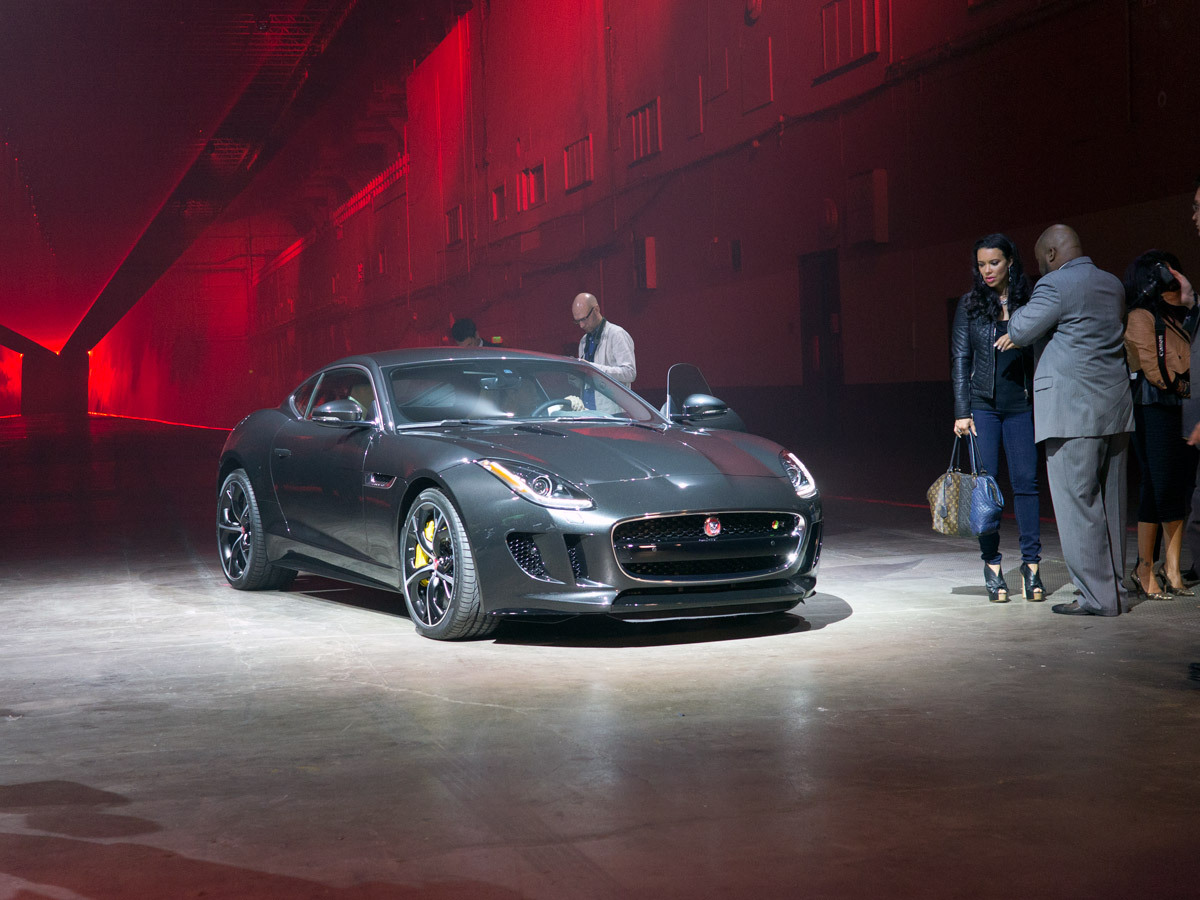
"The Convertible really setup the game. Although we had the Coupé in our minds, we actually finished the Convertible before we started it, which is unusual. There was an overlap before we really finished the Convertible, I had to see what a Coupé might look like before we signed it off. That’s why we did the C-X16 concept. That was a prelude to what we might do.
"There was nothing really difficult. I mean it’s all difficult otherwise anybody could do it. But nothing specific. The demanding thing in a sports car is the package, size and physical volume. The most difficult part, of course, were the sculptured hunches at the back, which go back to the Aston Martin days. I think they just give the car so much presence.
"With an aluminium car, adding them was hugely challenging and so going through the first iterations of it, working with our guys in manufacturing, we could’ve ended up with something a lot gentler. But they worked with us and we got the shape, the extent, at the back that we really wanted. The nice thing is we work with guys who want to build what we want to build. They don’t just say, "oh that’s too difficult". They care. And they’re quite young, I mean they’re not some guy here in retirement saying "I’m not building this"… They say: "We’ve got to build this because this is what I want to see as well." The rear three-quarters of the car was quite challenging to make in aluminium."
Why was such a big deal made about the flat grille?
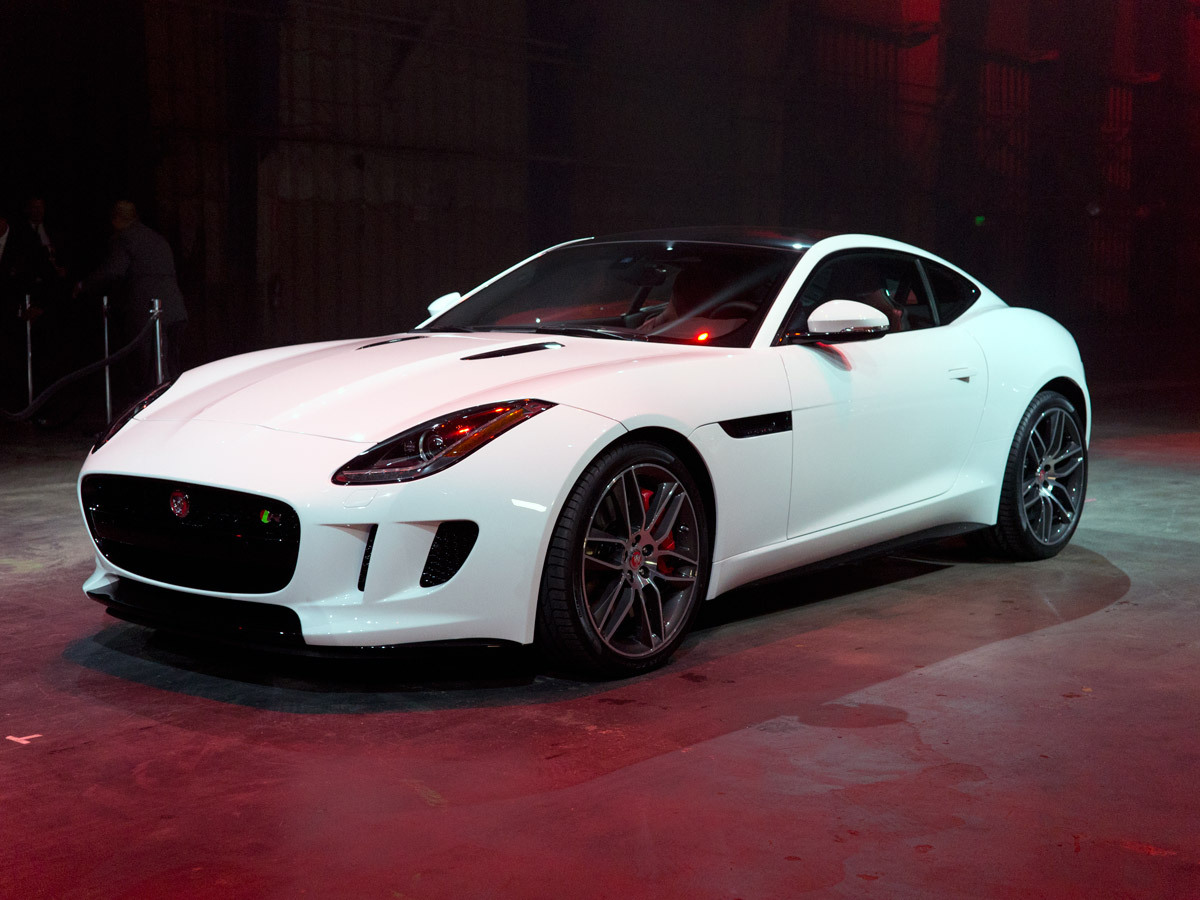
"We’re growing in confidence. And it’s a bit like a face, you know. I did hint that future cars may be a little more upright. There you go, I hinted at it. The XF started off the new shape grille, which was inspired by the original XJ. I know that sounds tenuous but we genuinely looked at the XJ. That was the last car [Sir William] Lyons designed and was involved with so we looked at that car and wondered where he would’ve taken the grille… So I went back to that reference and that’s what created the XF grille When we did the XJ I said I wanted this car to be more forthright, more formidable. So we’ll make the grille more upright and make it bigger.
"When we did it people at the time people said, internally as well, it was too bold, you can’t get away with this. It will be fine, trust me, I said, this car needs to have presence. When we did do it and we got it right, it taught me at the time was that we need to do more of this. We need to be more confident and we need people to understand the face of Jaguar. It’s not shrinking violet, it’s assertive. So the view now is we are going to have more assertive front-ends.
"Ultimately you need to be bold. I’ve also found out if you feel you want to be noticed, you have to push into an uncomfortable zone when creating it. Not to do it wrong, just be a little more excessive. By the time the car comes out it will be alright. It’s my job to convince everyone around me it will be fine.
"Trust me, I’m a designer."
